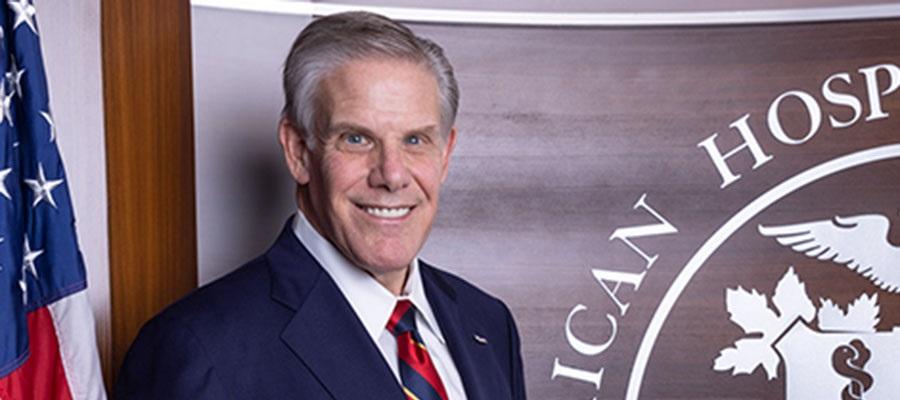Blog: Article on Charity Care Shortsighted

All hospitals and health systems, regardless of size, location and type of ownership, are deeply dedicated to caring for their patients and communities in a wide variety of ways. A report from May by the respected accounting firm EY demonstrates that for every dollar invested in non-profit hospitals and health systems through the federal tax exemption, nearly $9 in benefits is delivered back to communities. Additionally, a June report from the AHA found that tax-exempt hospitals provided more than $110 billion in total benefits to their communities in 2019 alone, the most recent year for which comprehensive data is available.
A recent Wall Street Journal article fails to recognize that charity care is only one part of a hospital’s total community benefit. Looking only at charity care does not account for the numerous other programs and services that hospitals provide to meet the many varied needs of their community. Examples include help accessing healthy food, educational programs and health screenings, transportation to ensure patients arrive at needed medical appointments, programs to help pay for needed drugs, and assistance with housing and other efforts to address the societal factors that influence health, among many others.
The article also overlooks the essential contributions hospitals have made to their communities during the pandemic. For example, a number of hospitals and health systems invested considerable funds and expertise into developing COVID-19 tests after setbacks from public health agencies. Hospitals also expanded treatment capacity and set up alternative sites of care especially as COVID-19 cases surged, established vaccine clinics and launched outreach campaigns to ensure everyone has access to vaccines, to name just a few examples.
All hospitals and health systems also bear many uncompensated and unreimbursed costs in caring for patients. For instance, hospitals not only provide financial assistance to patients, but also “relieve government burden,” a touchstone of tax exemption, by absorbing underpayments from means-tested government programs such as Medicaid, as well as Medicare.
Even the Medicare Payment Advisory Commission (MedPAC), an independent agency that advises Congress on the Medicare program, recognizes that Medicare does not cover the full cost of caring for our seniors. Combined underpayments from Medicare and Medicaid were $100.4 billion in 2020, up from $75.8 billion in 2019.
In addition, hospitals subsidize the high cost of the many essential services for their communities, such as trauma, burn and neonatal units. And, hospitals and health systems continue to provide these services even as the cost of providing care continues to increase significantly due to a range of factors outside of their control including rising inflation and massive growth in the costs of drugs, labor and supplies and equipment.
America’s hospitals and health systems do far more than any other part of the health care field to support patients and communities. In total, hospitals of all types have provided nearly $745 billion in uncompensated care to patients since 2000. Our doors are always open, 24/7 regardless of a patient’s ability to pay and health status.

